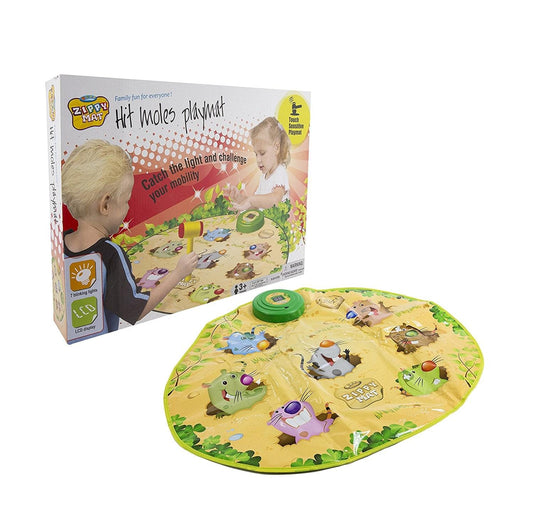As parents, we are always looking for ways to keep our children entertained and engaged in activities that can promote their learning and development. One of the most popular and timeless toys for children is the play kitchen. Play kitchens provide a fun and educational experience for children by encouraging them to use their imagination and creativity while engaging in pretend play.
In this comprehensive guide, we will cover everything you need to know about play kitchen, from the benefits of owning one to the different types and features available. We will also provide tips on how to choose the perfect play kitchen for your child, and answer some of the most frequently asked questions about these toys.
Benefits of Play Kitchens
Play kitchens offer a wide range of benefits for children, including:
-
Imaginative Play: Play kitchens encourage children to use their imagination and creativity while engaging in pretend play. Children can act out scenarios such as cooking, baking, serving food, and even running a restaurant.
-
Motor Skills: Playing with a play kitchen can help children develop their fine motor skills, such as grasping and twisting objects, and their gross motor skills, such as walking and carrying objects.
-
Social Skills: Play kitchens can help children develop their social skills by promoting sharing, turn-taking, and communication.
-
Math Skills: Play kitchens can also help children develop their math skills by introducing concepts such as counting, measuring, and fractions.
Types of Play Kitchens
There are several types of play kitchens available in the market, including:
Wooden Play Kitchens
Wooden play kitchens are made from high-quality wood and are designed to last for years. They are sturdy and durable, making them a great investment for families. Wooden play kitchens come in a range of styles and sizes, and often include realistic features such as moving knobs, doors, and drawers.
Plastic Play Kitchens
Plastic play kitchens are lightweight and affordable, making them a popular choice for many families. They are easy to clean and maintain, and often come in bright colors and fun designs. Plastic play kitchens are also easy to assemble, making them a great option for parents who want to set up a play kitchen quickly.
DIY Play Kitchens
DIY play kitchens are a fun and creative way to make a play kitchen for your child. You can use a variety of materials, such as cardboard boxes, PVC pipes, and even old furniture, to create a unique and personalized play kitchen. DIY play kitchens can be as simple or as complex as you want, and can be a great way to bond with your child while creating something together.
Features to Look for in a Play Kitchen
When choosing a play kitchen for your child, there are several features to consider:
-
Size: Consider the size of the play kitchen and make sure it fits in the space you have available. Also, make sure it is the right size for your child, so they can comfortably play with it.
-
Material: Consider the material of the play kitchen and choose one that is sturdy, durable, and safe for your child to use.
-
Features: Look for play kitchens that have realistic features such as moving knobs, doors, and drawers. Also, consider features such as a sink, stove, and oven, as these can add to the overall play experience.
-
Accessories: Look for play kitchens that come with accessories such as play food, utensils, and plates. These can add to the overall play experience and make the play kitchen more fun and engaging for your child.
FAQs
What are the benefits of a play kitchen for my child?
play kitchen can help promote creativity, imagination, and social skills. It can also encourage children to explore new foods and learn about healthy eating habits.
What is the ideal age for a child to start using a play kitchen?
Most play kitchens are suitable for children between the ages of 2-6, but this can vary depending on the individual child's interests and abilities.
Are play kitchens safe for children?
Play kitchens are generally safe for children to use, as long as they are made with non-toxic materials and meet safety standards. It is important to supervise young children while they are using a play kitchen, and to make sure any small parts or accessories are not a choking hazard.
Can play kitchens be used for educational purposes?
Yes, play kitchens can be a great tool for teaching children about healthy eating habits, food preparation, and even basic math and science concepts.
What features should I look for when choosing a play kitchen?
Some features to consider when choosing a play kitchen include size, materials, accessories, and interactive features such as sound effects or lights. It's also important to choose a play kitchen that is age-appropriate and fits your child's interests and abilities.



